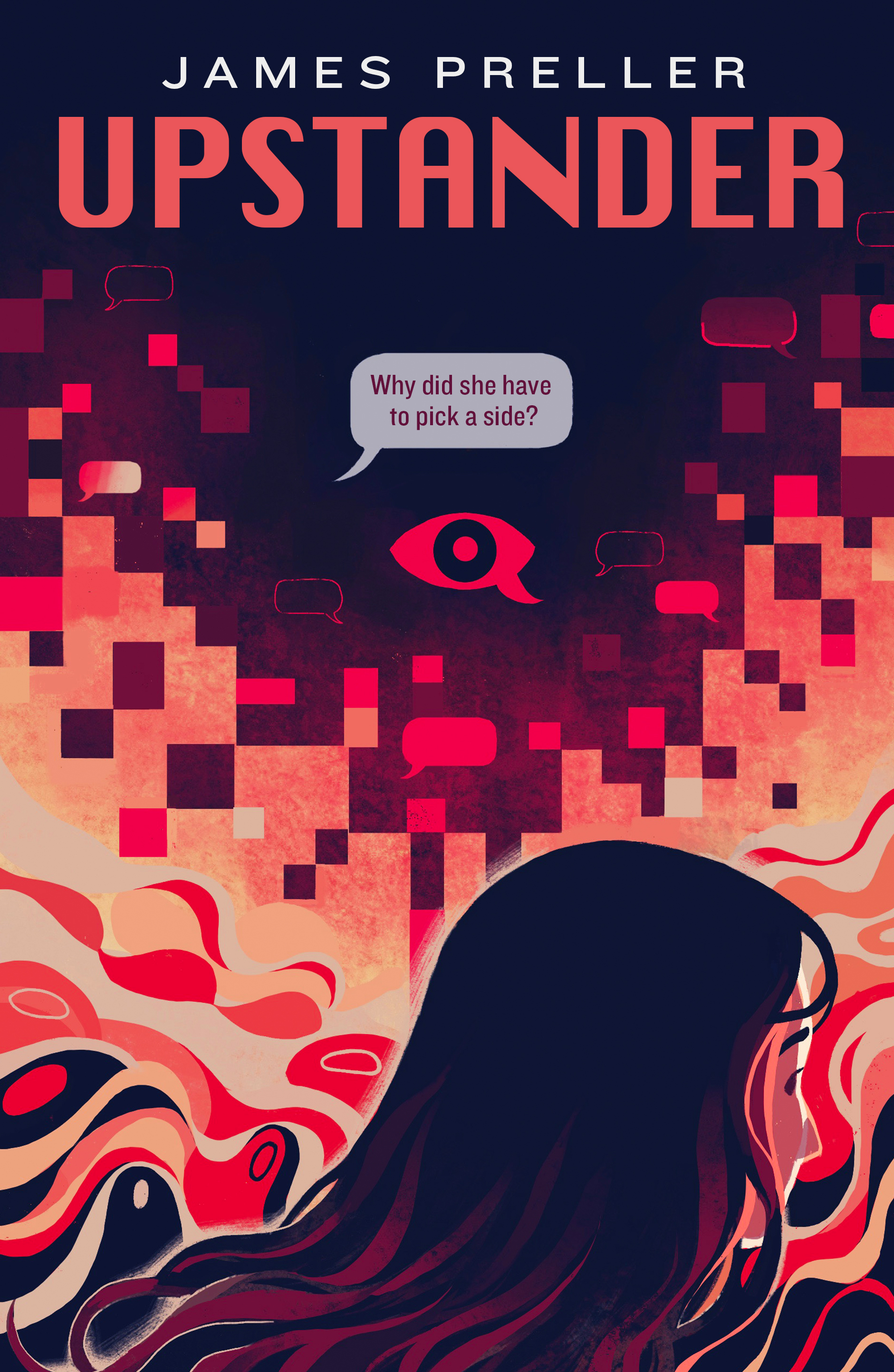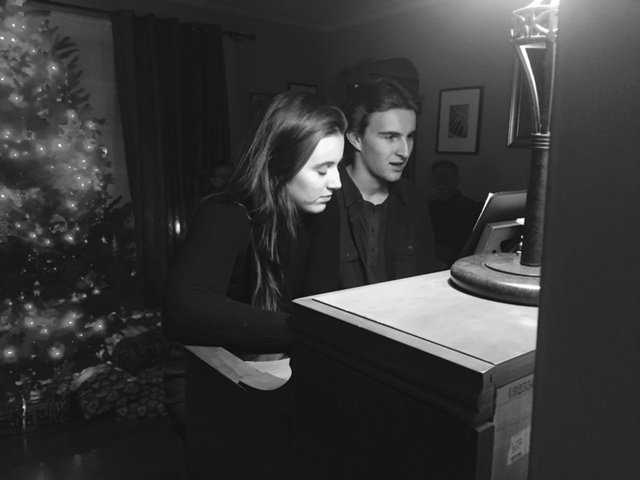–
“The only thing that matters is the final book
in the reader’s hands.
Nobody cares how you got there.
If it was on time or three years late.
If the first draft sucked.
If the edits were massive or minor.
Nobody reads a crappy book and thinks,
‘Yeah, but wow, he really nailed the deadlines!'”
 I have not been as all-in with ye olde blog as I used to be when I began it back in May of 2008. Part of that has to do with the general trend away from blog readership to shorter, faster, dopier forms of social media (I am not on InstaGram or Twitter; only Facebook).
I have not been as all-in with ye olde blog as I used to be when I began it back in May of 2008. Part of that has to do with the general trend away from blog readership to shorter, faster, dopier forms of social media (I am not on InstaGram or Twitter; only Facebook).
But I remind myself of this blog’s central mission: To pull back the curtain on one writer’s career and process, which I still hope is a worthwhile endeavor.
To that end: Below, please find an exact copy of my “final, final, final” corrections for my upcoming middle-grade book, Upstander, as emailed to my editor, Liz Szabla. This is the last chance to get things right.
–

–
By this point, the editing process has already gone round and round, back and forth, up and down. Liz tends to concentrate on the macro, the big picture; a team of talented copyeditors bring it down to the micro level. In this book, for example, I had some troubling issues with tense. Somewhat embarrassing, since I pride myself on producing fairly clean manuscripts. We had to sort through that mess. Back and forth, back and forth. Finally, I got my last-last-last chance: speak now or forever hold your peace. We are in Microland. The nitty and the gritty.
Weariness sets in. A part of me doesn’t feel up for yet another painstaking read-through. So the task is to summon that energy, put myself in that space once more, and read once more with that critical eye. Hard because I thought I’d already done that several times before. At the same time, I don’t want to over-think things and foul up perfectly good work.
Anyway, for this round, I mostly concentrated on deletions. Finding words I could cut, fussing with pronouns, one last search for any typos or repeated words. Minor stuff, and not a lot of it. For Upstander, I quietly waged war on commas, since I’m sometimes prone to an excess of pauses. By this round, however, that mission was more or less accomplished. All good except for the fact that I was hating on Chapter 6 [Ghosts]. It was too slow, too interior, too wordy, too much — and maybe too clever. So I took an axe to it, chopping away sentences, paragraphs, pages. Rare for me at this late stage, so I did it apologetically, knowing that I was giving the designers more hassles than they might have expected. Don’t get me wrong: I like this book a lot. Very proud, in particular, of the substance use disorder theme. There are things I wanted to say, with compassion and sensitivity, putting a face on the impact of this terrible disease. But Chapter 6 was bugging me.
Side Note #1. These edits, and an earlier round, are NOT represented in the Advance Reader’s Copies that are available in digital form at NetGalley. (Educators and reviewers may request a copy directly at NetGalley; contact me if you have any problems.)
Side Note #2. Here is one absolute truth that I have learned across 35 years as a published author: The only thing that matters is the final book in the reader’s hands. Nobody cares how you got there. If the book was on time or three years late. If the first draft sucked. If the edits were massive or minor. Nobody reads a crappy book and thinks, “Yeah, but wow, he really nailed the deadlines!”
Is it perfect now? Ha, ha, ho. Heh-heh. That’s funny. Well, no; not perfect. But for now, all things considered, the best we could do.
Here’s the note I sent to Liz, an author’s last attempt to get it right . . .
UPSTANDER FINAL, FINAL, FINAL EDITS
10/2/20
16, Line 9: DELETE “a while of”
17, Line 2 : REPLACE “boys” with “Griff”
22, Line 20: DELETE “and tightened.”
26, Line 8. DELETE “, she said,. NOW READS: “Stop. Just stop.”
26, Line 9, REPLACE “She” with “Mary”
CHAPTER 6: Yuck.
LIZ SZABLA, Note: I just feel like this is a weak chapter and too long. It’s been a problem from the beginning. How about these cuts? At same time, I don’t want to create huge headaches for the designers. This is the only chapter where I do this to you guys.
27, Line 4-9: DELETE: “The same tug . . . zoning out.”
28, Lines 11-12: DELETE: “The real brother . . . for good.”
28-29, Line 17: DELETE Paragraph that begins, “Mary could tell.”
DELETE Next Paragraph that begins, “Ghosts are weird.”
29, Line 11: DELETE “At least . . . a shower.”
31, Line 23: DELETE “, Mary mused,”
32, Line 8-10: REVISE AS: “Their father’s death was harder on Jonny, though he never said much about it.”
41, Line 6: REPLACE “she” with “her mother”
73, Line 2: INSERT “old” between “his” and “friends”
121, Line 5: DELETE “for two weeks.”
122, Line 6: DELETE “two-week”
130-131: Line 21+: DELETE “Sometimes Mary felt . . . happening?” THEN REPLACE “She” with “Mary.” NOW READS: “. . . woods beyond. Mary longed for . . . .
151, Line 2: REPLACE “thin” with “insincere”
151, Line 14: DELETE “The deep freeze.”
152, Line 19: INSERT: “the day ended and” between “was glad when” and “the final bell”
157, Line 1: REPLACE “like” with “as if”
162, Line 5: REPLACE “usually” with “had”
166, Line 9-10: DELETE “, and after a pause finished”
174, Line 18 : REPLACE “He’s” with “He was”
227, Line 19: REPLACE “tomorrow” with “the next day.”
235, NOTE: After Line 16, place add BREAK SPACE – not sure what you call that, though we’ve done it a few times in book – so we can push handwritten note to top of page 236. Think it makes sense, the shift, and will look much better.
–
–

 –
–











